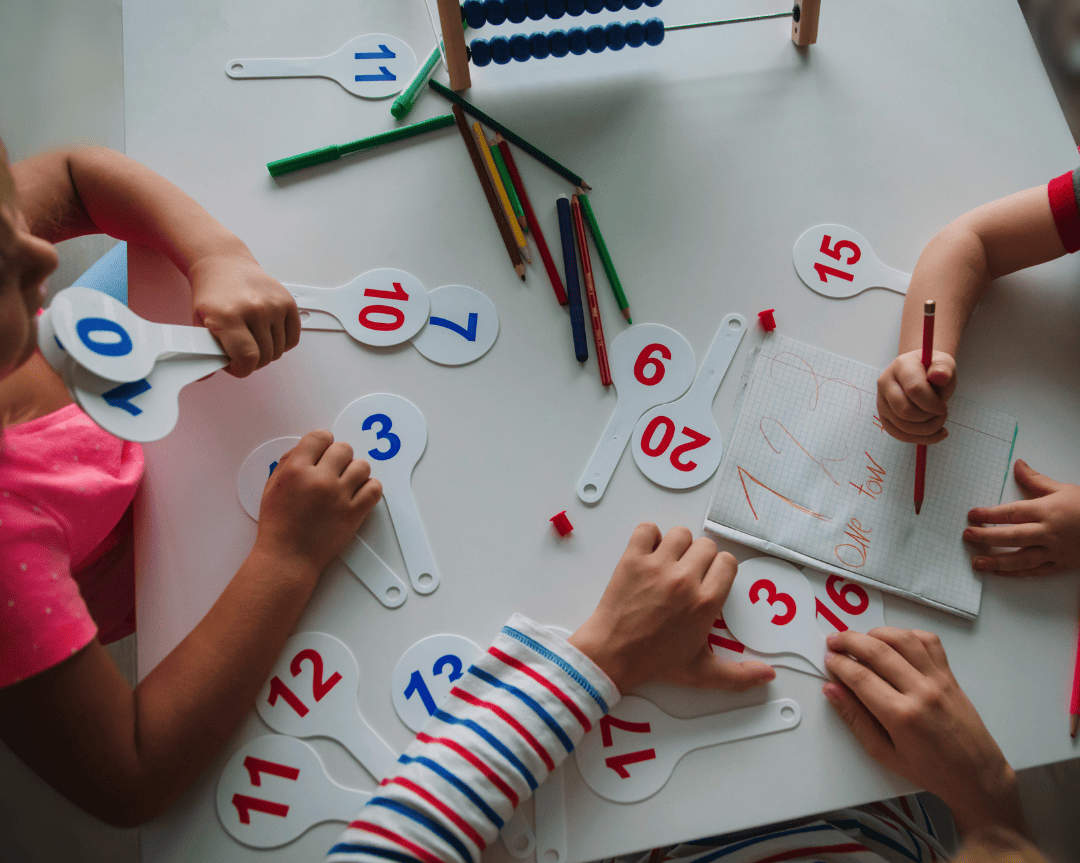Maths often has a reputation for being difficult or dull, but with the right approach, it can become an exciting and rewarding subject for children. By showing its relevance to daily life, introducing creative methods, and creating a positive learning environment, maths can transform into something children look forward to. Here are some effective strategies for making maths enjoyable and engaging for children of all ages, whether at home or in the classroom.
1. Relate Maths to Real-Life Situations
One of the best ways to make maths interesting is by connecting it to real-life situations. By showing how maths is used in everyday tasks, children can see its practical value.
- For younger children: Use everyday objects like toys, fruits, or building blocks to practice counting, sorting, and identifying patterns. You could also explore concepts like shape recognition and size through play.
- For older children: Introduce real-life applications like budgeting, measuring ingredients for recipes, or planning a trip. These activities can help children understand concepts like fractions, percentages, and distance. For instance, ask them to calculate the cost of shopping, compare prices, or estimate how long a trip will take based on speed and distance.
- Shopping trips: A visit to the local supermarket offers a wealth of opportunities to practise maths. You can ask children to calculate change, compare prices, or estimate the total cost of multiple items. This not only reinforces their maths skills but shows how useful maths is in daily decisions.
2. Incorporate Fun and Games
Turning maths into a game can make it feel less intimidating and far more enjoyable. Here are some ideas to make learning maths fun:
- Board games: Classic games like Monopoly, Connect Four, or Snakes and Ladders are excellent for teaching basic maths skills like counting, addition, subtraction, and strategic thinking.
- Card games: Games like Uno, Go Fish, or even Snap provide a fun way to practise number recognition, addition, and subtraction while keeping children engaged.
- Digital games: There are many educational apps and websites tailored to different age groups. Apps like Prodigy, Khan Academy Kids, or Mathletics combine interactive learning with games, allowing children to build their maths skills while having fun.
- Puzzles and brainteasers: Math-based puzzles such as Sudoku, number mazes, or tangrams promote problem-solving and logical thinking. Younger children might enjoy number bingo or shape scavenger hunts to develop their number sense.
- Escape room challenges: For older children, consider creating or visiting an escape room that uses maths-based challenges. This encourages critical thinking and collaborative problem-solving, making maths feel like an exciting adventure.
3. Use Creative and Hands-On Methods
Children often engage more deeply with maths when they can interact with tangible objects. Using creative, hands-on methods helps children visualise abstract concepts and makes learning more enjoyable.
- Visual aids: Use number lines, bar charts, pie charts, and graphs to help children visualise mathematical concepts. These tools can be particularly helpful for understanding addition, subtraction, and the concept of place value.
- Hands-on activities: Encourage learning through play by using items like LEGO bricks to explore geometry, symmetry, and patterns. For example, children can create geometric shapes with building blocks or design mosaics that involve counting and pattern recognition.
- Art and crafts: Incorporating art into maths lessons is a fun way to explore symmetry, shapes, and angles. Children can create artwork involving tessellations, patterns, or even make geometric shapes using string or paper.
- Storytelling: Turn a maths lesson into a story. For instance, create a narrative where the child is a detective who needs to solve a mystery using maths clues. This makes learning feel like an adventure and sparks the child’s imagination.
Making Maths a Joyful Experience
By integrating real-life situations, fun games, and creative, hands-on activities, you can turn maths from a subject of dread into one of excitement and curiosity. These strategies help children of all ages develop a positive attitude towards maths, build their confidence, and develop a genuine love for learning.
Experience Fun-Filled Maths Learning at First Class Learning Dubai
At First Class Learning Dubai, we specialize in making maths engaging and enjoyable for every child. Our personalised learning programmes combine creative and interactive methods to ensure children not only understand maths but also enjoy the process. Whether your child is just starting to learn numbers or grappling with more complex concepts, we offer fun and innovative ways to make maths a rewarding experience.
Book a free assessment today to find out how we can help your child excel in maths while having fun!
Frequently Asked Questions (FAQs)
- How can I make maths more enjoyable for my child at home?
Make maths more enjoyable by incorporating games, hands-on activities, and real-life scenarios. Engage your child with cooking, shopping, or interactive digital apps to bring maths to life. - What tools can I use to help my child learn maths?
Visual aids like number charts, building blocks, and interactive apps are great tools to reinforce learning. Simple everyday objects and hands-on activities, like cooking or measuring, can also make maths more engaging. - How does First Class Learning Dubai make maths interesting?
We focus on personalized learning programmes that cater to each child’s unique needs. By using creative and interactive methods, we ensure that every child finds maths both enjoyable and easy to understand.
By using these strategies, you can turn maths into a fun, engaging, and enriching subject for your child. Whether at home or in the classroom, these approaches will help foster a positive attitude towards learning maths, setting your child up for success. So why not start making maths fun today?
Join First Class Learning Dubai and help your child unlock their full mathematical potential.









